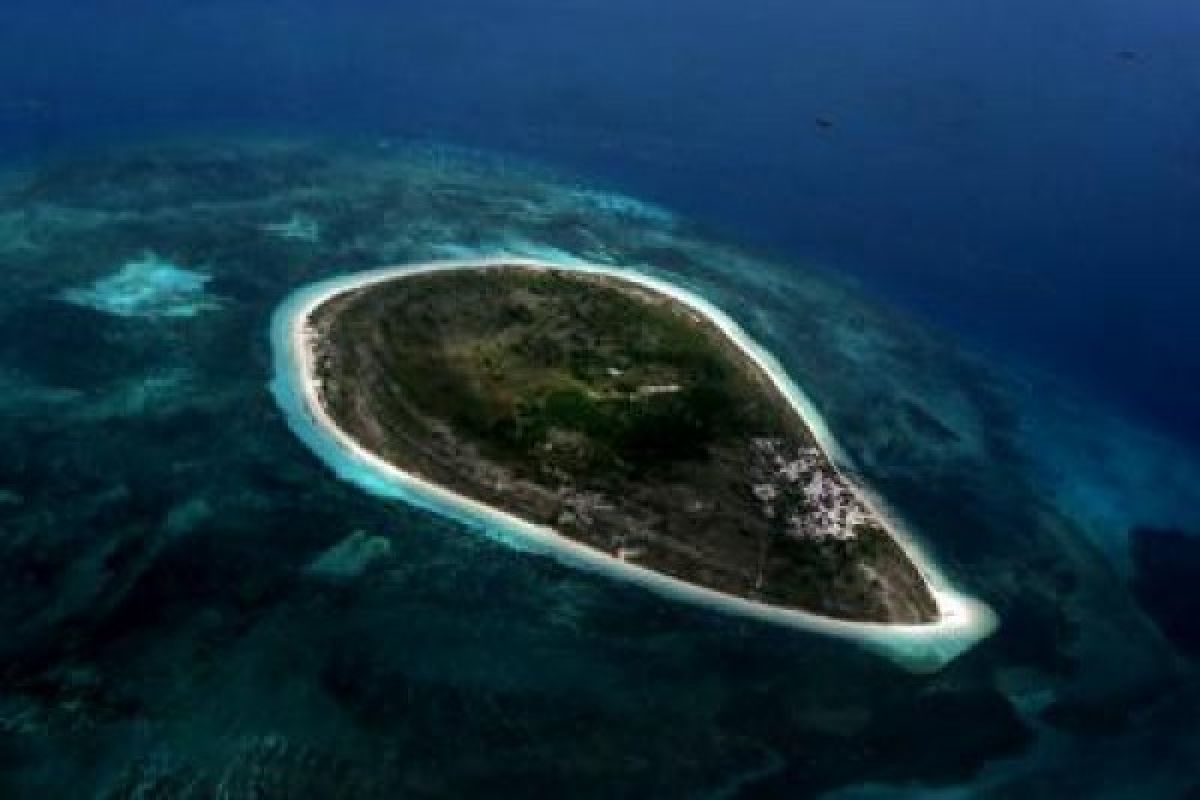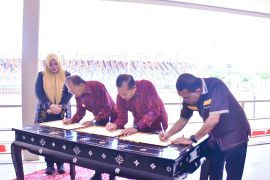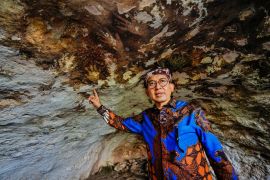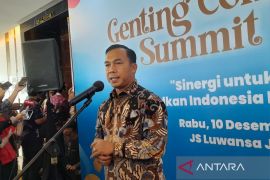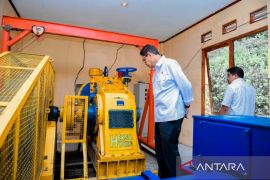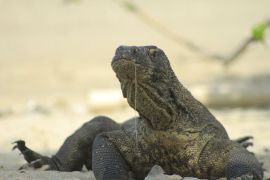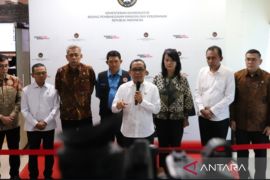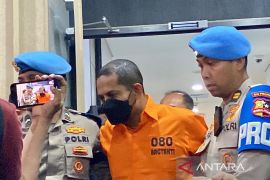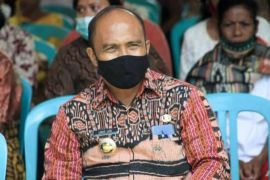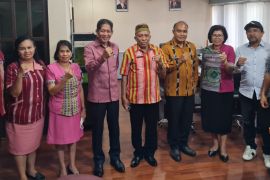The Monkey Island and its surrounding areas have the potential for tourism development, as these could become maritime tourism destinations in Kupang.
Having a very beautiful natural and underwater scenery, the Monkey Island has been selected by the Kupang district administration as one of the favorite tourism destinations, according to Stefanus Baha, the head of Kupang district public relations.
The island, according to Stefanus, was chosen due to several considerations, including its location. It is easily accessible by a speed boat in 30 minutes from the city of Kupang.
White sandy beaches with crystal clear waters and beautiful coral reefs have made the Monkey Island very attractive for tourists, especially those from Australia.
No wonder, many investors in the East Nusa Tenggara province have expressed an interest in building tourism supporting infrastructure and facilities such as home-stays on the Monkey Island.
Kupang district government strongly supports such investment in the island and plans to facilitate the licensing process for it.
Efforts by the Kupang district government to manage the tourism related aspects on the Monkey Island, visible from the city of Kupang, were undertaken eight years ago.
To reach the Monkey Island from Kupang city, visitors can take a speed boat or rent a local traditional boat at an affordable cost.
Situated across the Kupang Bay, the Monkey Island also boasts of beautiful landscapes, forests and white sandy beaches with perfect waves for swimming, snorkeling or diving.
The tourism industry and creative economy have emerged as new economic power domains for the geographically and culturally diverse province of East Nusa Tenggara.
Increasing number of foreign tourists visiting the province in recent years have had a really positive impact on the local economy.
By the second quarter of 2016, the number of foreign tourist arrivals to East Nusa Tenggara had reached 14,000, 15 percent more than the January to June 2015 figure.
Predominantly Catholic and heavily influenced by Portuguese colonists, the East Nusa Tenggara area is known for its European heritage and unique natural and cultural beauty.
The chairman for East Nusa Tenggara branch of the Indonesian Tour & Travel Agencies Association (ASITA), Abednego Frans, remarked in Kupang that the development of tourism and creative economy sectors has contributed positively to the provinces economy over the last two years.
According to Frans, the tourism sector has given a push to the hotel business, transport, culinary, crafts and others, in line with the increasing number of visiting foreign tourists.
Following an increase in the number of foreign tourists visiting the province, the hotel business, culinary and crafts contributed Rp487 billion in 2015, accounting for 0.6 percent of the local Gross Regional Domestic Product (GDP) of Rp2 trillion.
Therefore, the tourism sector in the province must continue to receive support in the form of better infrastructure facilities, including hotels, restaurants, roads connecting tourist destinations, as well as a clean and comfortable environment.
The East Nusa Tenggara province is blessed with at least eight natural wonders, which can help boost local economic development and tourism.
Among the natural wonders in the province are: Semana Santa in Larantuka; Nihiwatu Beach in Sumba Island; Alor Dive in Alor Island; Nemberalla Beach in Rote Ndao; Komodo Island; Pink Beach in Padar Island; Taman 17 in Riung Island; and the three-colored lakes of Mount Kelimutu.
Governor Frans Lebu Raya has also affirmed that East Nusa Tenggara has immense potential when it comes to cultural tourism.
The governor urged everyone in the province to support the development of tourism. He assured that the local government is striving to make the tourism industry an economic pillar for the province and its 4.6 million people.
In addition, the local government is promoting tourism icons that were a wonder in the world, such as Komodo and Lake Kelimutu, along with other nautical and natural tourist sites.
Since these two iconic sites are seen among the New Seven Wonders of Nature, East Nusa Tenggara has become the tourist gateway to Indonesia besides Bali, according to Marius Ardu Jelamu, the head of tourism and creative economy office.
He said komodo, scientifically known as Varanus komodoensis, living in the Komodo National Park -- made up of three islands of Rica, Padar and Komodo -- has attracted worldwide attention as the ancient species still exists today.
This ancient reptile has been highlighted by the government at national and international events as part of its efforts to make East Nusa Tenggara a leading tourist site in Indonesia.
According to Jelamu, the Komodo National Park has beautiful underwater flora and fauna, small islands with attractive beaches and biodiversity.
The Komodo National Park was designated as a Biosphere Reserve in 1986 and a World Heritage Site in 1991.
Located between the islands of Sumbawa and Flores, Komodo National Park is spread over three main islands of Rinca, Komodo and Padar, and numerous smaller ones.
Covering an area of 219,322 ha, the park is home to a diverse ecosystem, which includes open grass-woodland savannah, tropical deciduous forest and quasi-cloud forests.
(T.O001/INE/KR-BSR/B003)
Reporter: Otniel Tamindael
Editor: Priyambodo RH
Copyright © ANTARA 2016
